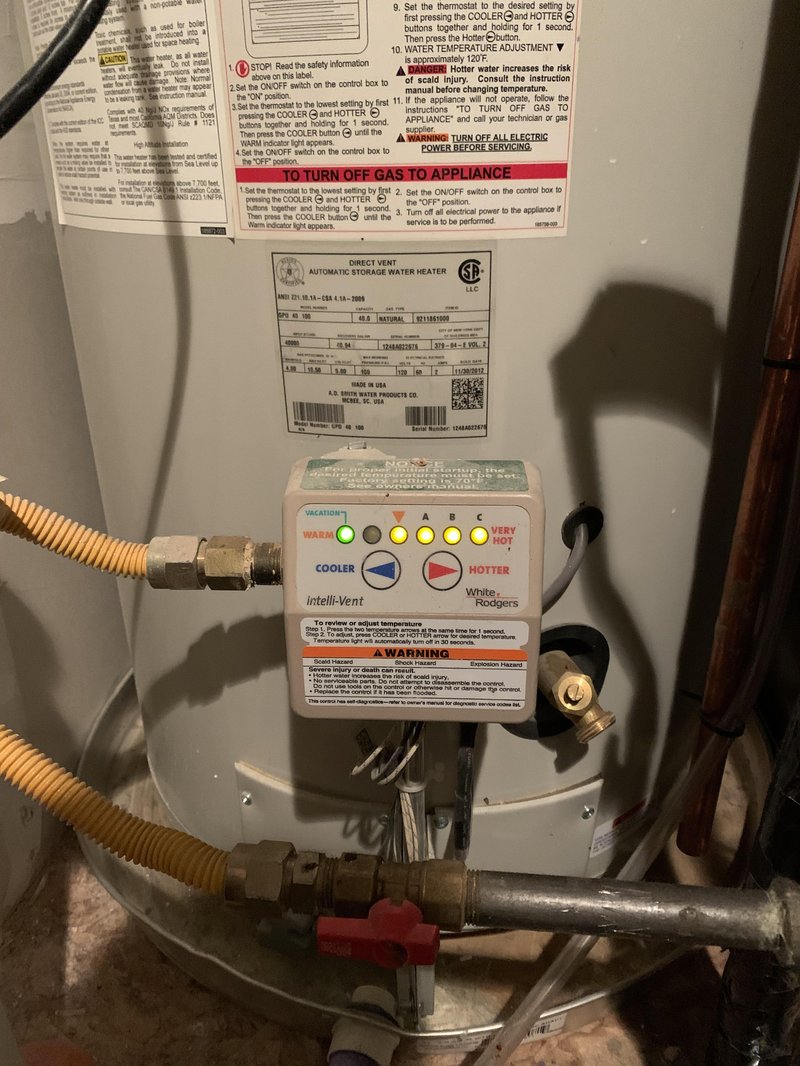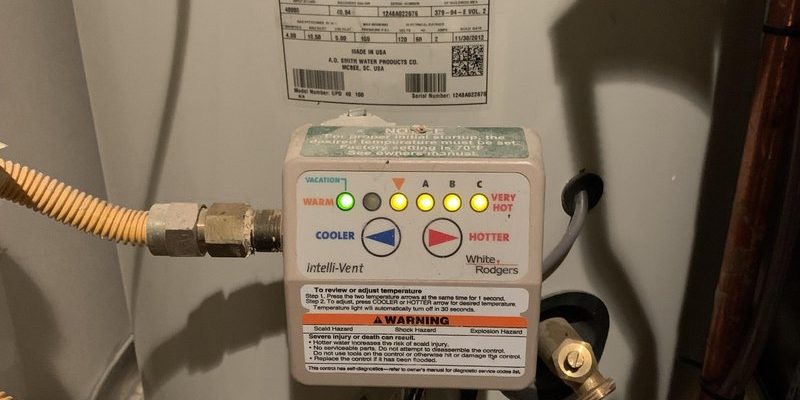
The E2 error code on a Bradford White water heater signals an issue with the thermostat sensor. Essentially, the thermostat is how the water heater knows how hot the water should be. So, if the thermostat sensor isn’t working properly, it can’t accurately measure the water temperature. This might mean water that’s too cold or scaldingly hot—neither of which is pleasant when you’re just trying to relax. Figuring out what causes this error and how to fix it can bring back that much-needed peace of mind.
What is a Thermostat Sensor, and Why Does It Matter?
Okay, let’s break down the role of the thermostat sensor. Imagine your water heater as a chef in a kitchen, responsible for preparing water at just the right temperature for your family’s comfort. The thermostat sensor is like the thermometer they use to ensure that the dish—your water—is neither too hot nor too cold. It constantly monitors the water temperature, providing feedback to the heater to adjust its settings accordingly.
When this sensor malfunctions, it’s akin to cooking without a recipe. The heater’s best guess at the temperature might not cut it, leading to inconsistent water temps. This can be particularly annoying during winter months or when you’re hosting guests and need a reliable supply of hot water. Just like you wouldn’t want to eat a meal that’s undercooked or burnt, you want your water heater to maintain the perfect balance.
Understanding how vital this sensor is underscores why the E2 error code matters. It’s essentially the water heater’s way of saying, “I can’t read the temperature correctly, so I need help!” By addressing it promptly, you can ensure your water heater returns to running smoothly, keeping everyone in your home comfortable and happy.
Common Causes of the E2 Error Code
So, what causes this error in the first place? There are a few usual suspects. One common issue is a faulty sensor—it might be damaged or have worn out over time. Think about it like a car that’s been on the road for years; eventually, some parts just need replacing. Similarly, the sensor may lose its effectiveness after years of operation.
Another possibility is wiring problems. If the wires connected to the thermostat are loose or corroded, the sensor might not properly transmit temperature information to the heater. It’s similar to trying to watch TV with a spotty antenna connection—the signal just doesn’t come through correctly. This can lead to miscommunication, and your heater won’t know what to do with the wrong information.
Lastly, the control board itself may be malfunctioning. This board is the brain of your water heater, processing signals from all parts of the system. If it’s not working right, it can misinterpret signals from the thermostat sensor, causing the error code to appear. Understanding these causes is the first step in troubleshooting and resolving the E2 issue.
Steps to Fix the Error Code E2
Now that we know the potential culprits, let’s dive into how you can fix this error. Here’s the deal: before doing anything, always ensure the power to your water heater is turned off. Safety first! Then, have a look at the thermostat sensor. If it appears worn or damaged, you might need a new one. Replacing it can be as simple as swapping batteries in a remote; it just takes a bit of know-how or a consult with the manual.
If the sensor seems fine, check the wiring next. Look for any signs of wear, corrosion, or loose connections. Tightening or replacing old wires can often resolve the issue. Remember when we talked about the TV antenna? Just like securing that, making sure all wires are snugly attached can help maintain a solid connection.
If these steps don’t do the trick, the control board might be the problem. This is more complex and might require a professional’s touch. They can assess whether the board needs repair or replacement. By following these steps, you can often nip the problem in the bud and restore your water heater to its former glory.
Preventative Tips to Avoid Future Errors
Want to avoid seeing that pesky E2 error in the future? Regular maintenance can do wonders. Much like you’d take a car for regular tune-ups, water heaters benefit from periodic inspections and cleaning. This helps catch wear and tear before it turns into a full-blown issue and ensures everything is running smoothly.
Also, keep an eye on your water heater’s age. Most devices have a lifespan, and knowing when it’s time for an upgrade can save you from recurring problems. Modern models come with improved technology and efficiency, often minimizing error codes altogether.
Finally, consider setting up reminders for yourself to check the connections and wiring every so often. A little proactive care can keep that warm water flowing without interruption. By understanding the importance of regular checks and balanced maintenance, you’re setting yourself up for fewer headaches and more comfort.
In conclusion, while the E2 error code might seem daunting at first, understanding its roots and how to tackle it can ensure your water heater stays in top shape. With a bit of patience and know-how, you can handle it like a pro, keeping those hot showers coming without a hitch!
